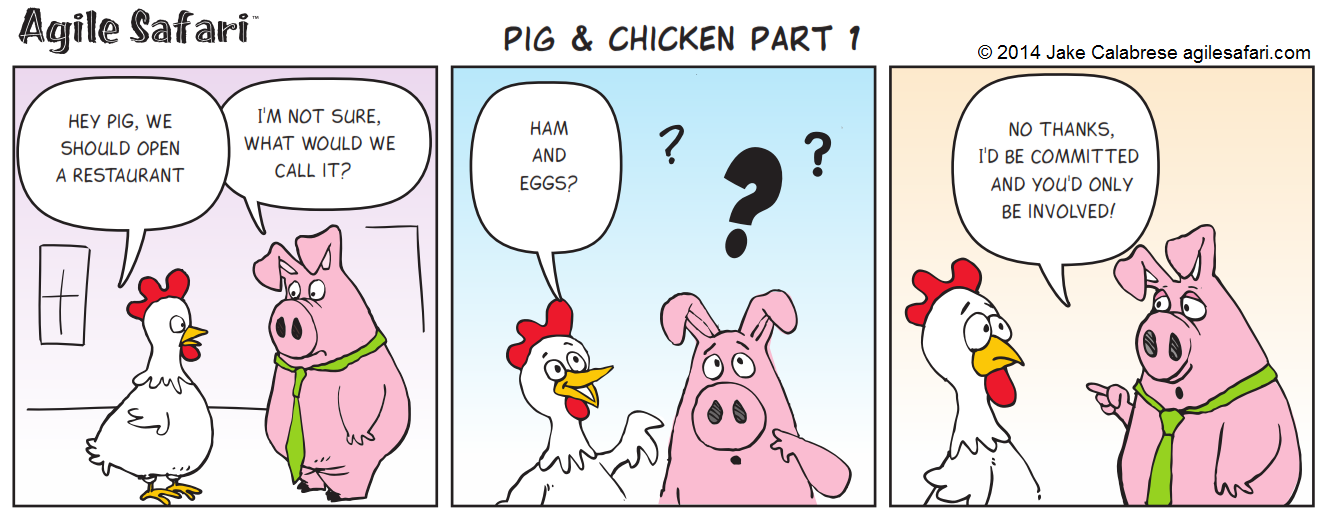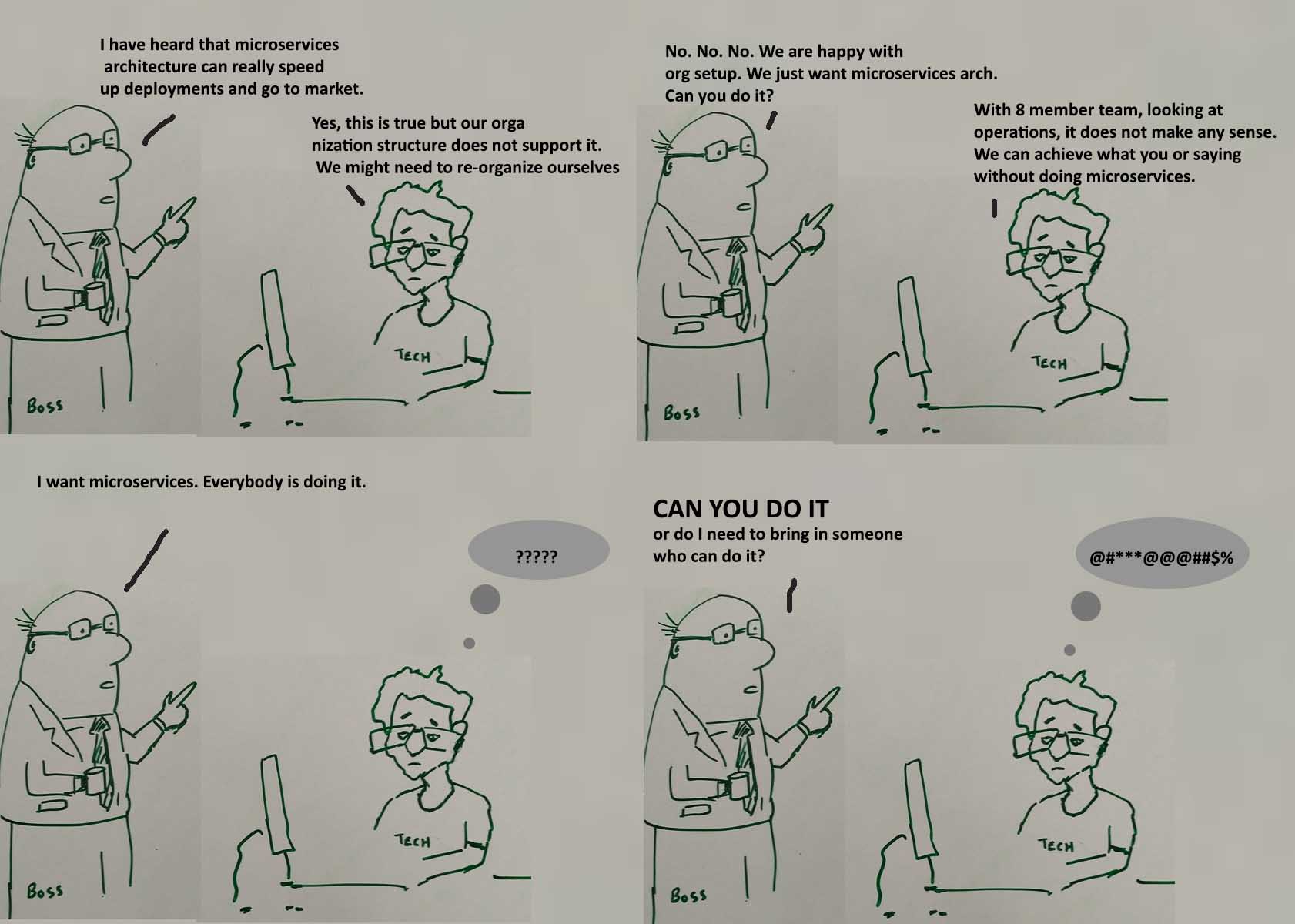AgileManifesto was written 17 years back(i.e 2001) and is it able to bring the change to industry ?

I would say yes but not is the way authors wanted.
Many consulting company made millions of $ but as software engineer i did not see the change.
How did Agile broke promise
I will put key things that authors wanted so we have some context to discuss about this
Individuals and interactions over processes and tools
Working software over comprehensive documentation
Customer collaboration over contract negotiation
Responding to change over following a plan
This looks so good :-)
Lets start with education industry
"Attend Agile training for 2 days and you are certified Scrum master or Agile Developer"
What did people learn after these workshop ? Standup, Planning Poker, retrospective , backlog grooming , JIRA and many more things.
One thing that is missing is "Agile mindset" , no one can teach or learn this in 2 days so it is big joke that you team went to expensive training and they are Agile Team.
Lets go over main items so see how industry see main goals of Agile
I think have too many things in JIRA tell only one thing that software quality is bad or team is too slow to delivery features or product team is creating shopping list of features that they never wanted.
Now it has gone to extend that you need multiple product owner for just grooming session and scrum masters for running retrospective meeting and to add more project manager to track story points/burn down etc.
Team is spending more time on Jira board rather than talking to team. We killed individual& interactions .
How many tools or process we added ? it is count less .
Developer endup doing more non productive work.
Working Software was also take as team is allowed to release crap in production because we are Agile.
What was meant by working software was MVP not 20% or 40% developed item, feature is done or not done there is nothing like 50% when that feature is released to production.
Team is put in so much pressure to release that they end up taking shortcut and to address that "Tech Debt" drive is required.
When software team goes to product to get fund/approval to fix all the Tech Debt then team comes and say why did you develop & deploy crap piece of software.
Not to miss commitment that is taken inform of Story Points and if team miss that then it is expected that they need to put extra hours.
Dev team is not different they use this as excuse to build bad quality of software.
Planning is must and good architecture also but it should be Just enough to move in right direction and it is continuous architecture without end state.
Team took this like no design or architecture to response to change.
Conclusion
One of my favorite questions about sprint is
"How long is your sprint ?"
2/3 weeks ?
"Why 2 weeks , why not 1 month or 1 year ? who decided this ?"
It is written in Agile manifesto or my manager told this or i don't know other teams are doing this .
"How long ticket sits in backlog before making to production ?"
I don't know . Check with my TPM or if some one knows they will come and tell 1 year or 3 year"
Agile was about giving team freedom to choose sprint size based on when they are ready for feedback or customer is ready to give feedback
Sprint can 1 week or 6 months but key point is you should get the feedback after that and adjust.
If customer are not in the feedback loop then go back to waterfall .
Another thing was about Software Craftmanship.
Agile project has so many non developer like Project manager, Project manager, Scrum Master, Agile coach that they don't value Craftmanship , so we developer start new conference on this and get more disconnected.
Agile was written by developer for developer but now we are out and this place is taking by non-developers .
In Agile Conference ask the question "how many developer? "
You will see less hands :-( because they are in other craftman conference.
Agile project are about project management, dates, money , time.
Manager makes sure that plan is made by them and followed by team.
Today all project are agile but they still fail, over budget, never on time.
Any process like Agile has one hidden feedback that is called "Dissatisfaction" and you need respond to that change to become better.
Our Software industry has three inevitable things
- Degradation
- Dysfunction
- Expiry
Degradation -> Maintaining,Transformation
Dysfunction -> Innovation & Challenge
Expiry -> Creating & Starting over
Degradation ,Dysfunction & Expiry applies to people, project, team,process , strategy , organization.
Agile is no different identify the phase and create version 2 of process or find new one that works.

I would say yes but not is the way authors wanted.
Many consulting company made millions of $ but as software engineer i did not see the change.
How did Agile broke promise
I will put key things that authors wanted so we have some context to discuss about this
Individuals and interactions over processes and tools
Working software over comprehensive documentation
Customer collaboration over contract negotiation
Responding to change over following a plan
Lets start with education industry
"Attend Agile training for 2 days and you are certified Scrum master or Agile Developer"
What did people learn after these workshop ? Standup, Planning Poker, retrospective , backlog grooming , JIRA and many more things.
One thing that is missing is "Agile mindset" , no one can teach or learn this in 2 days so it is big joke that you team went to expensive training and they are Agile Team.
Lets go over main items so see how industry see main goals of Agile
- Individuals and interactions over processes and tools
I think have too many things in JIRA tell only one thing that software quality is bad or team is too slow to delivery features or product team is creating shopping list of features that they never wanted.
Now it has gone to extend that you need multiple product owner for just grooming session and scrum masters for running retrospective meeting and to add more project manager to track story points/burn down etc.
Team is spending more time on Jira board rather than talking to team. We killed individual& interactions .
How many tools or process we added ? it is count less .
- Working software over comprehensive documentation
Developer endup doing more non productive work.
Working Software was also take as team is allowed to release crap in production because we are Agile.
What was meant by working software was MVP not 20% or 40% developed item, feature is done or not done there is nothing like 50% when that feature is released to production.
Team is put in so much pressure to release that they end up taking shortcut and to address that "Tech Debt" drive is required.
When software team goes to product to get fund/approval to fix all the Tech Debt then team comes and say why did you develop & deploy crap piece of software.
- Customer collaboration over contract negotiation
Not to miss commitment that is taken inform of Story Points and if team miss that then it is expected that they need to put extra hours.
Dev team is not different they use this as excuse to build bad quality of software.
- Responding to change over following a plan
Planning is must and good architecture also but it should be Just enough to move in right direction and it is continuous architecture without end state.
Team took this like no design or architecture to response to change.
Conclusion
One of my favorite questions about sprint is
"How long is your sprint ?"
2/3 weeks ?
"Why 2 weeks , why not 1 month or 1 year ? who decided this ?"
It is written in Agile manifesto or my manager told this or i don't know other teams are doing this .
"How long ticket sits in backlog before making to production ?"
I don't know . Check with my TPM or if some one knows they will come and tell 1 year or 3 year"
Agile was about giving team freedom to choose sprint size based on when they are ready for feedback or customer is ready to give feedback
Sprint can 1 week or 6 months but key point is you should get the feedback after that and adjust.
If customer are not in the feedback loop then go back to waterfall .
Another thing was about Software Craftmanship.
Agile project has so many non developer like Project manager, Project manager, Scrum Master, Agile coach that they don't value Craftmanship , so we developer start new conference on this and get more disconnected.
Agile was written by developer for developer but now we are out and this place is taking by non-developers .
In Agile Conference ask the question "how many developer? "
You will see less hands :-( because they are in other craftman conference.
Agile project are about project management, dates, money , time.
Manager makes sure that plan is made by them and followed by team.
Today all project are agile but they still fail, over budget, never on time.
Any process like Agile has one hidden feedback that is called "Dissatisfaction" and you need respond to that change to become better.
Our Software industry has three inevitable things
- Degradation
- Dysfunction
- Expiry
Degradation -> Maintaining,Transformation
Dysfunction -> Innovation & Challenge
Expiry -> Creating & Starting over
Degradation ,Dysfunction & Expiry applies to people, project, team,process , strategy , organization.
Agile is no different identify the phase and create version 2 of process or find new one that works.


